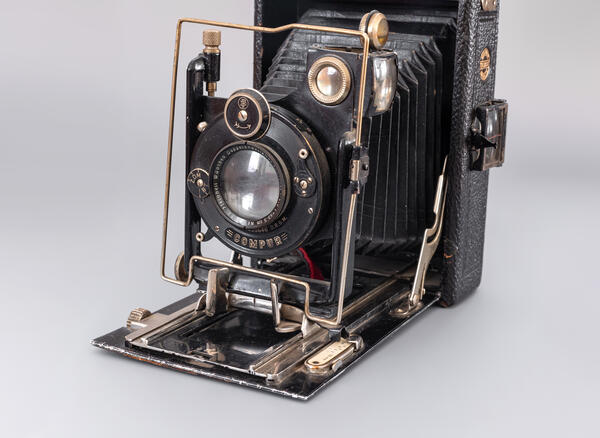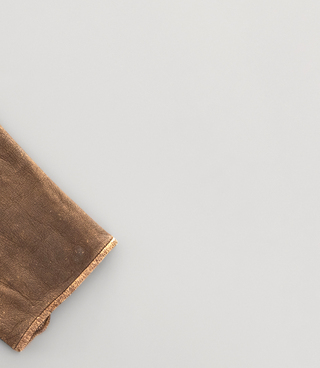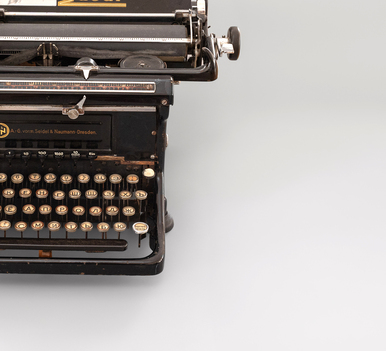The exhibition of the Penza Literature Museum houses a Walter Talbot Berlin camera. This folding camera has black bellows and a metal body covered in black leatherette. In the lower part of the camera, there is a tripod mount.
William Henry Fox Talbot (1800–1877) was a mathematician, expert in ancient languages, botanist, astronomer, and a member of three scientific societies. He is credited with inventing photographic negatives and is considered a pioneer of photography who made many improvements possible. In 1823, he undertook a journey to Italy where he attempted to draw landscapes with a camera obscura (a dark box with a small hole through which light can pass). When he returned home, he started experimenting. In 1835, he created the first photographic negative, using paper bathed in silver nitrate and salt solution. During his experiments, Talbot took a picture of the window of his library from the inside using a camera with an eight-centimeter lens. The technique of creating a positive by printing the negative image produced in the camera onto another similar sheet of salted paper allowed both to create high-quality images and copy them. William Talbot named this photographic process “calotype, ” which means “a beautiful impression.”


